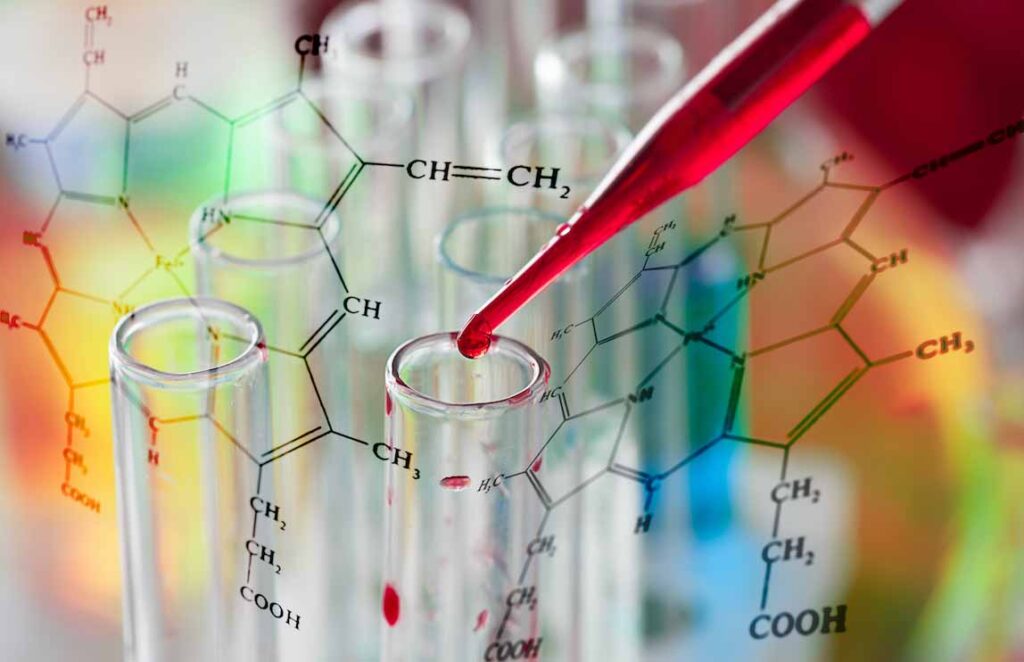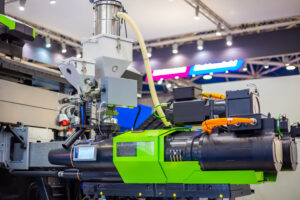What is an Industrial Process Analyzer?
An industrial process analyzer is an instrument used in commercial production for in-line process monitoring and control. This type of tool differs from a laboratory instrument in that it is rugged and able to withstand an industrial processing environment that may have high temperatures, dust, and moisture. Process analyzers can be “at line” (located near or next to the manufacturing line, with a sample stream taken out of the process for analysis) or “in line” (with a probe or measurement device located directly in the process). A process analyzer collects data points in a continuous stream of samples, and measurements are made in “real-time,” without the time delay that occurs when a sample must be taken to a lab. Process measurement is essential because data are needed to monitor and control the process.

Types of process analyzers
Process analyzers can measure many process properties, including relatively simple measurements such as temperature, pressure, and viscosity.
A photometer is an instrument that measures the strength of electromagnetic radiation in the ultraviolet, visible, and infrared ranges. Photometers are used as process analyzers.
A spectrophotometer is an instrument used to measure the intensity of electromagnetic energy at each wavelength of light in a specified region. Different instruments use different parts of the electromagnetic spectrum. For example, an IR spectrophotometer uses wavelengths in the IR range, and a UV-Vis spectrophotometer uses wavelengths in the UV and visible range. Spectrophotometers use spectra characteristics to identify and quantify different molecular structures and chemical species. Raman spectroscopy, which typically measures vibrational energy, is also used in process analysis to identify molecules.
What can an in-line UV-Vis spectrophotometer measure?
A UV-Vis spectrophotometer measures the light absorbed, transmitted, or reflected by the sample across the UV-Vis spectra region. For more information about the electromagnetic spectrum and UV-Vis spectroscopy, read Equitech’s Knowledge Center resource: “Understanding What a Spectrophotometer Is and How it Works”. As an in-line process analyzer, the spectrophotometer measures the properties of the gas, liquid, slurry, or paste as it flows through the process, using a probe inserted into the flow. In the case of a solid, a non-contact probe measures the product that passes by it.
An in-line UV-Vis spectrophotometer can measure color, a critical aspect of product quality in many applications, including plastic parts (e.g., siding or flooring), plastics masterbatches, paint, inks, textiles, coatings, and food.
A UV-Vis spectrophotometer can also measure turbidity in fluids. Suspended particles in the fluid scatter light from the instrument’s light source. The instrument detector then senses and quantifies the scattered light compared to a standard. Turbidity is a crucial measure in beverages, industrial processes, pharmaceutical manufacturing, chemical manufacturing, and environmental monitoring of water. Similarly, light coming through a translucent plastic solid is scattered, and a spectrophotometer can detect and quantify the amount of scattering, which is reported as a percentage of haze. Haze is a critical quality attribute in thin plastic films.
In a process that involves a chemical or biological reaction, a UV-Vis spectrophotometer can be used to monitor and control the reaction and to determine the reaction’s end-point. For example, in a reactive extrusion process, such as polymerization of a thermoplastic urethane in a twin-screw extruder, the process analyzer quantifies the concentration of reactants and products as they change over time. In a bioprocess, such as fermentation, the process analyzer can measure analytes such as sugars and antioxidants.
In other processes, an in-line UV-Vis spectrophotometer is used to monitor the concentration of chemical compounds to determine whether product quality remains within the specifications. For example, a compound that must be monitored in water or wastewater treatment processes, such as nitrate, can be quantified with a UV-Vis spectrophotometer to ensure the concentration remains below a set limit. Conversely, if the concentration becomes too high, an operator would be alerted to the problem.
In food manufacturing, a UV-Vis spectrophotometer used as a process analyzer can monitor the concentration of additives, such as preservatives, in a food product. An in-line process analyzer can determine the concentration in real time, and if the product goes outside the specifications, the process operator can make a correction. Because the measurement from an in-line instrument is made in real-time, this correction can be made more quickly than if the operator had to wait for the result from a lab sample. In addition, the data points from an in-line system can be recorded to document the process and product quality.
Contact Equitech’s experts to learn more about how an in-line process spectrophotometer can benefit your operation.



